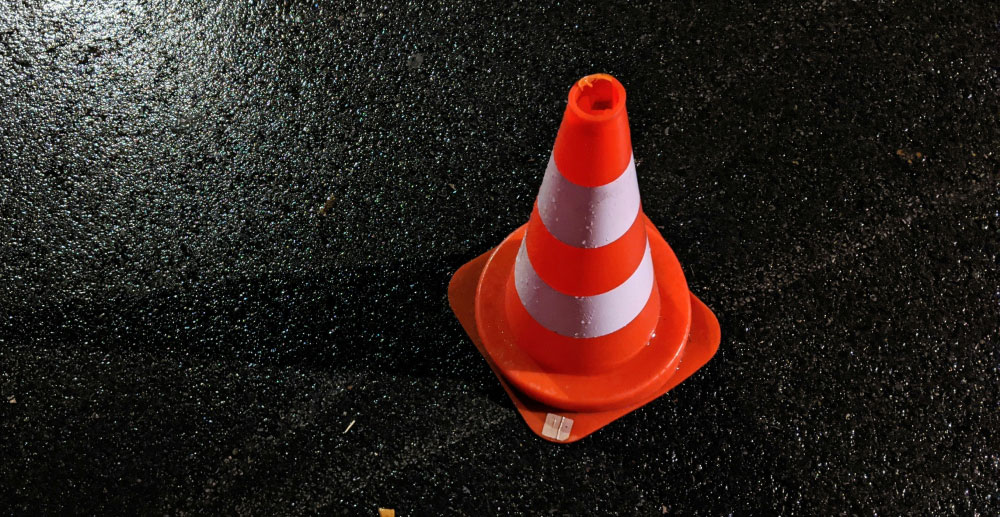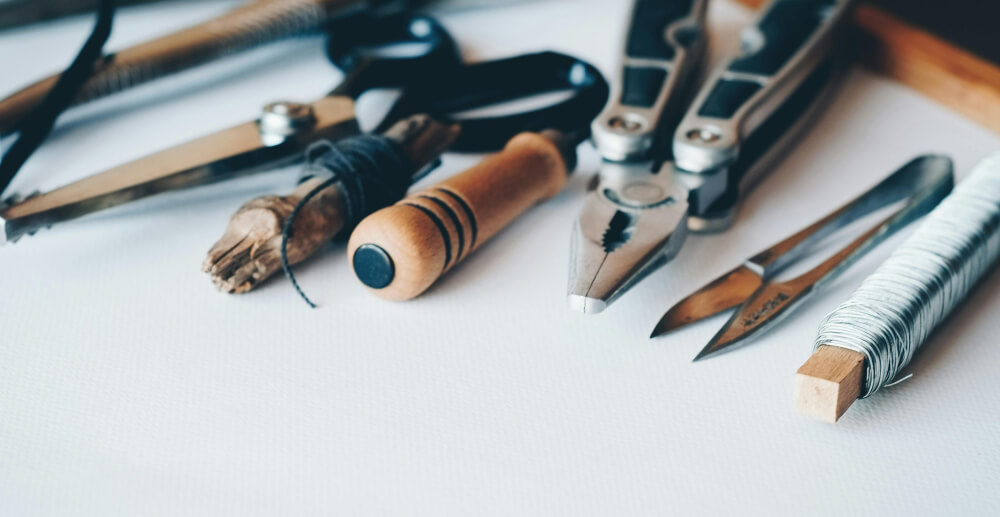Widespread school closures in response to the coronavirus pandemic means that if you’re a custodial parent or caregiver, you’re probably home with your kids right now. Which means you have a lot more family time on your plate than normal.
Especially if you have young children or children with developmental delays, interruptions in school and daycare means it’s on you to keep them safe and entertained all day, while still maintaining your own mental health.
Combine Self-Care with Play Time
This is my first pandemic, but living with post-traumatic stress disorder and sometimes severe social anxiety means I’ve definitely been stuck at home with young, energetic kids who needed more structure than being let loose to bounce off the walls. You probably already know that, when it comes to young children at least, they are more likely to stay engaged with a task if you’re doing it with them (the opposite is probably true for many teenagers, but that’s a different discussion altogether). One thing I discovered is that you can often combine playtime with self-care to manage your personal anxiety while entertaining your kids.
Exactly how you do this is going to vary based on your children’s ages, what they like to do, and what you have access to at home—but it absolutely does not require tons of money and resources. For example, ubiquitous toys like play-dough and Legos can be easily transformed into anxious adult stress-relievers while providing your kid’s activity. Play-dough makes a great stress ball; if you’ve never squished play-dough creations between your fingers while anxious, stressed, or angry, you might think it sounds ridiculous, but don’t knock it til you’ve tried it. The caveat, of course, is if your kids have a tendency to rub play-dough into your carpet, it might end up causing more anxiety, in which case you might want to find a less-sticky replacement.
Toys that click together like Legos can be oddly hypnotic and calming too. That goes for both energetic kids and frazzled adults. Don’t get too attached to whatever you create with them though, because your little one will probably end up smashing it. Or you can smash it…Legos are relatively easy to clean up and smashing things can be really cathartic, especially when they’re designed to break apart and you don’t end up really destroying something.
Family activities that get the whole house moving are also great. Put on some of you and your kids’ favorite tunes (or alternate, if you don’t share taste in music), and throw a mini at-home dance party. Get some of that energy out. If you have a yard, go outside and kick a ball around. It sounds simple, but when you’re stuck at home it can be easy to forget that it’s still important to get up and move your body. Exercise releases endorphins, which help regulate your mood. It will also help tire those kiddos out, and that will lift your mood too.
Remember that the stay-at-home orders relate to limiting contact with other people. The novel coronavirus is not airborne, so you can go into your backyard, porch, balcony, patio, front stoop, stand next to your open window, and so on if you aren’t sick. Current recommendations are saying we should stay 6 feet from others, although some reports are now saying the virus may be able to travel farther. As always, use your best judgment and weigh the risks versus benefits of spending time outside. If you’re able to keep your distance from others while in your yard you should be okay. Just try not to touch your face, and make sure to wash your hands when you go back inside.
Make Important Things Fun
You’ve been teaching your kids how to wash hands all along, and if your kids are anything like mine, it’s been a struggle all alone as well. I can usually get them to touch a piece of soap to their palm and dip their hands under the faucet, but actual proper handwashing takes direction and reminding. It’s more important than ever now and depending on your child’s age, you might not be there every time they need to wash their hands.
Kids understand the danger to an extent, but it can be easy for them to forget what they need to do to stay safe in the moment. Telling them to wash their hands and why is important, but probably not enough. So make washing hands fun! I tried to get my daughter to sing “happy birthday” twice as her school recommended, but she just asked whose birthday it was. She was not into it. You might have to get creative. If there’s a song they really like that’s long enough, belt it out with them. Or make up a handwashing song together, extra points if it involves butts or snot or one of the other weird gross things that kids inexplicably love.
If they are practicing numbers or spelling, utilize those skills to help them wash their hands—but make sure they don’t cheat. My daughter likes counting and showing off, so asking her to count to twenty while she washes her hands helps—but at about 12 or so she starts through the numbers.
Utilizing tools like extra-foaming hand soap is also helpful. If kids feel like handwashing time is actually play-with-bubbles time, they’re going to enjoy it much more than they will if they think it’s just some chore. Fun scents also help; that way they can show off their accomplishment by having you smell their hands.
Keep Your Medications Secure
If you have kids and take medication for opioid use disorder, it’s always important to keep your medication secure and out of little hands and mouths. Pink liquids and orange film can look especially attractive to kids, and cherry or orange flavoring might taste yummy—even if the idea that your medicine could taste good to someone might be ludicrous after dealing with it every day.
If your medicine comes in a fun color or shape, it’s imperative that you make sure your kids don’t get hold of it. If you have a buprenorphine script or methadone takehomes, you should already have a lockbox or other secure storage for your medicine (if you don’t, now is a great time to set that up). But now, many patients are dealing with more quantities of medication at once than ever before, coupled with more time at home with the kids. Vigilance around who can access your medication is more important during this time than ever.
If your kids are old enough to self-administer first-aid, you may want to consider keeping your methadone or buprenorphine in a separate place from your other medications. It’s a good idea to keep them secure in a locked container. If that’s absolutely impossible for you right now, put them out of reach and out of sight.
You know your child best. Some young people will do anything and everything to defy their parents, and telling them not to take your medication might do more to inspire them to steal it. But if your kids tend to listen, it might be a good idea to let them know what your medicine looks like, that it’s not candy, and that in fact, it is poisonous to kids. I don’t generally recommend scaring kids, but in the interest of safety (and because it’s true), employing a few minor scare-tactics around taste-testing mommy’s methadone might be okay.
Don’t Judge Yourself Too Harshly
We are all under an unprecedented amount of stress and anxiety. So don’t judge yourself too harshly as a parent. If you’re letting your kids utilize more screen time than normal in order to let yourself get work done or just get a break, don’t feel guilty. It’s okay to let your kid have an extra cookie because you want to see her smile (you might pay for it later though when the sugar hits her bloodstream). We are all facing anxiety, uncertainty, and stress. We all feel bad that our kids aren’t seeing their friends. We are all making concessions to get through the day. What’s important is that you and your family stay safe—and sane. Don’t sweat the small stuff.








